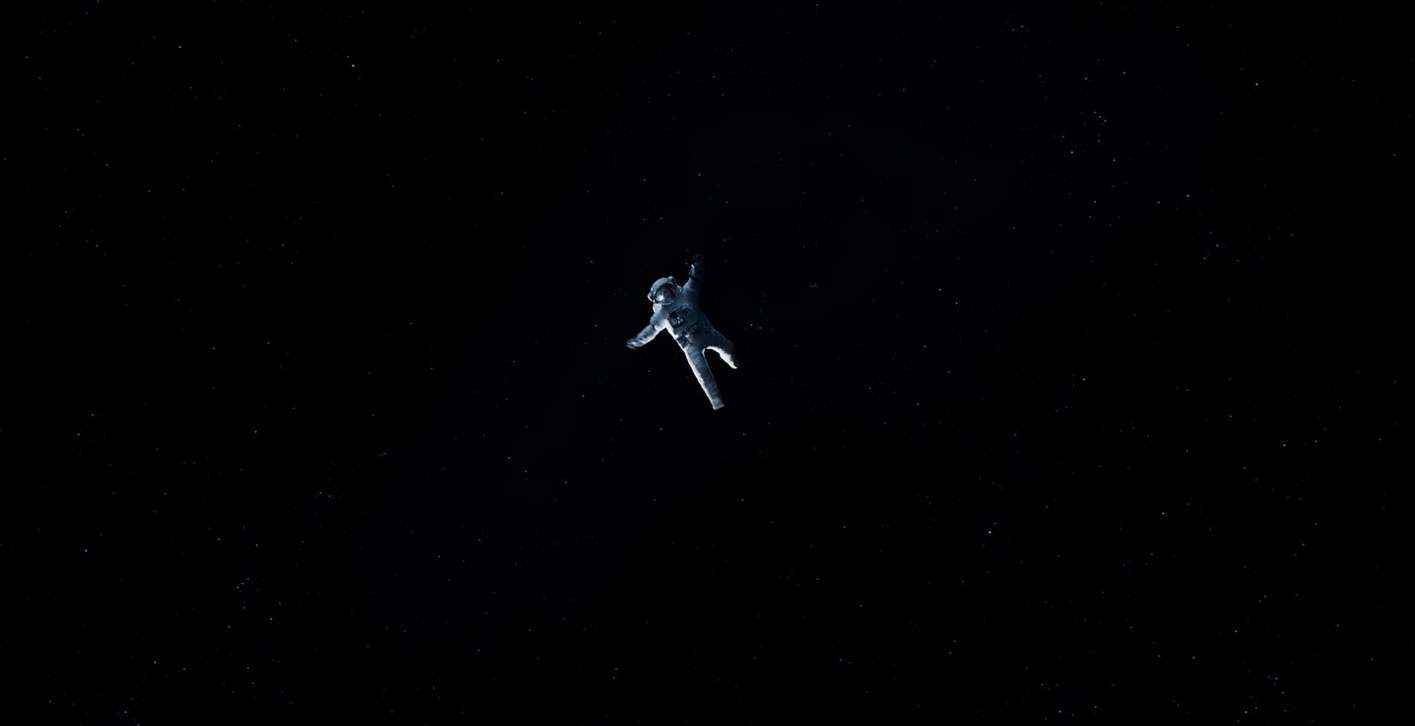From invisibility cloaks to light sabres, many recent scientific advancements have made it possible for researchers to get a little bit closer to reproducing some of our favourite technologies portrayed in films. However, while science inches towards science fiction, science fiction can still take a lesson in recreating science. One of this year’s most popular science fiction films Gravity made a concerted attempt to correctly reproduce astronauts’ experience in space, but ultimately faced some bumps in accuracy along the way.
This Academy Award winning film turned out to be a stunning display of the cosmos and the dangers lurking thousands of miles above us on earth. The film’s beautiful graphics and bird’s-eye view of the globe, distracts from the inaccuracies of the film.
Neil deGrasse Tyson, the director of the Hayden Planetarium in New York’s American Museum of Natural History, posted a series of tweets highlighting technical errors in Gravity (along with much positive praise) after the film’s release. One of Tyson’s qualms was the plausibility of the physics at work when the characters struggled in the vacuum in space.
According to Tyson, when two people are floating in zero gravity, even a small tug can bring their bodies together. Therefore, when Bullock catches Clooney’s tether as he tumbles past her, this tug would be enough to save him from having to sacrifice himself and drift off into space. Unfortunately, if Clooney’s trajectory were to have obeyed the rules of physics, there would not have been much of a film.
The debris shown to be orbiting the Earth also violates natural physics laws. Nearly all satellites orbit Earth west to east; however, in Gravity, the satellite debris were depicted moving east to west.
In addition to physics, the astronaut’s outerwear was tailored more to the Hollywood appeal than to an astronaut’s actual gear in space. Bullock should not have been able to strip down so easily to her undergarments after taking off her suit—she should have been equipped with a liquid cooling and ventilation garment beneath the space suit she wore on screen.
Furthermore, the actual fate of the protagonists would likely have been different had they been wearing their Simplified Aid for Extra-Vehicular activity (EVA) Rescue (SAFER). This small backpack is required for astronauts working on EVA missions, as it acts as a backup plan in case the tether breaks and the spacewalkers are in danger of drifting away.
Despite its inaccuracies, Gravity has been praised for its representations of space. Former NASA Astronaut Garrett Reisman applauded the film’s depiction of spacewalking, where the actors realistically portray the ease of starting a motion and difficulty of stopping one. For Reisman, director Alfonso Cuaron’s artistic licence and creative vision adds to the excitement of Bullock and Clooney’s journey into space, even if the same can’t be said for its plausibility.









